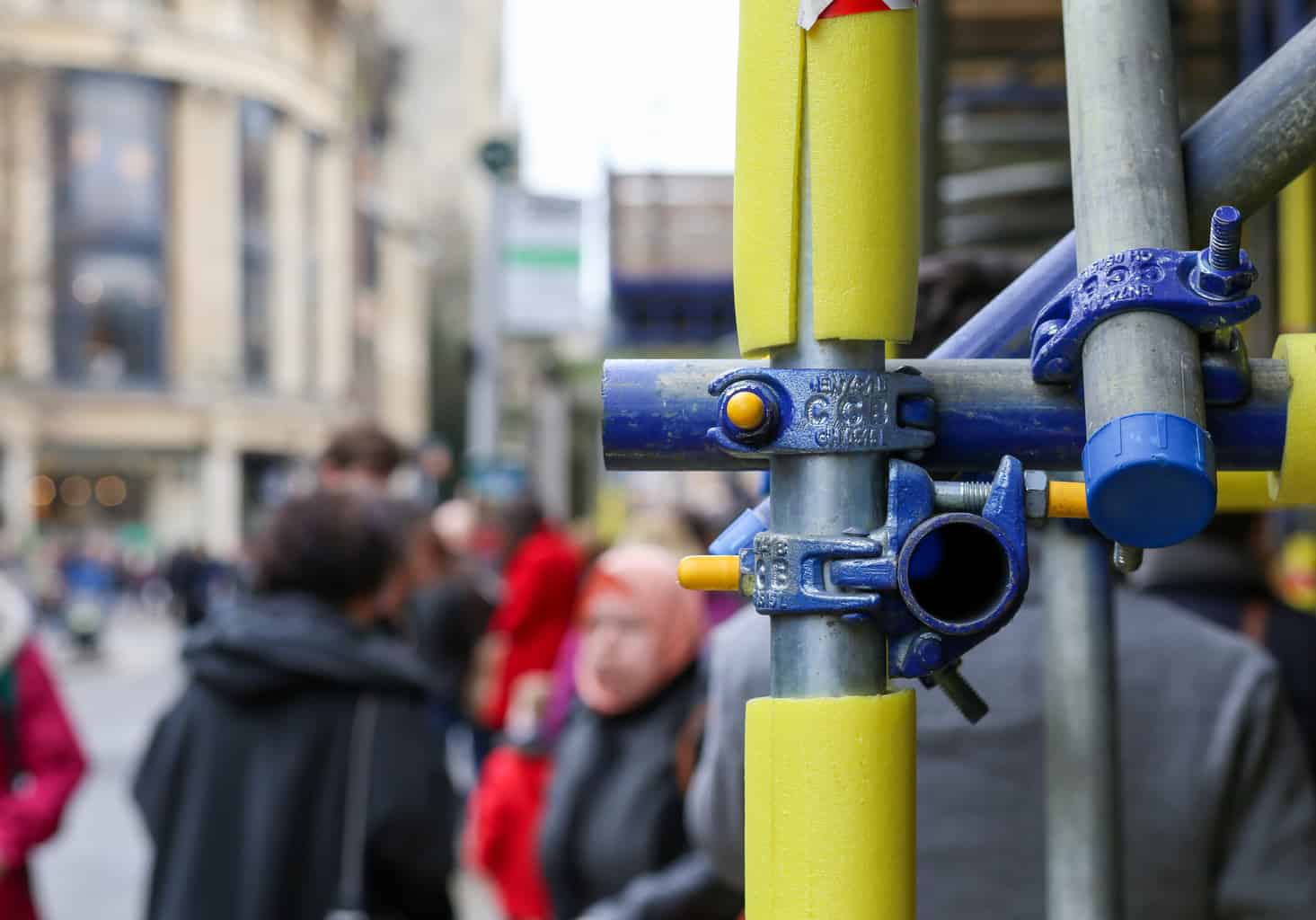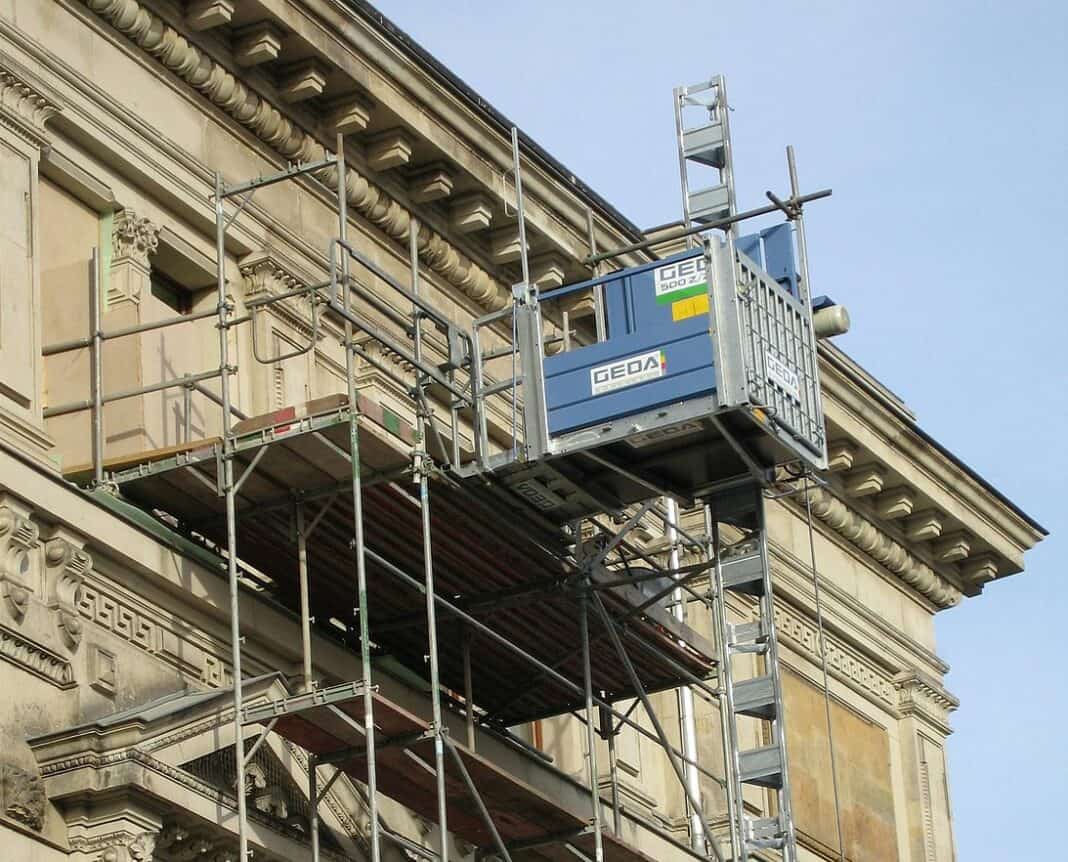Updated safety standards for temporary works in construction have been published by the British Standards Institution (BSI), providing clearer guidance to help ensure structures remain safe and stable during building projects.
The revised BS 5975:2019 standard has now been split into two parts, each focusing on different aspects of temporary works – from management procedures to the design and implementation of falsework.
BS 5975-1:2024 Part 1 outlines best practices for planning and overseeing temporary works. It highlights the importance of training, clear processes, and strict control measures to ensure these structures are properly designed, built, and dismantled.
Meanwhile, BS 5975-2:2024 Part 2 focuses on falsework – temporary structures that support buildings until they can hold their own weight. The updates include new guidance on stress limits, design principles, and safety checks to reduce risks on site.
The latest changes also introduce:
- Stronger wind force calculations to improve stability.
- Updated stress and limit state design guidance for falsework.
- More tailored safety measures for projects of different sizes and complexities.
“A Big Step Forward for Safety”
Anthony Burd, Director of Built Environment at BSI, says these updates are a major step forward for the industry.
“These revised standards will help improve safety and efficiency across construction projects,” he said. “By providing clearer guidance on managing temporary works and designing falsework, they’ll help professionals reduce risks and make sure structures are properly controlled.”
He added that the changes reflect the latest advancements in the industry, reinforcing the importance of strong safety measures, proper training, and well-thought-out design.
Further information can be found here: BS 5975-1:2024 and BS 5975-2:2024.




